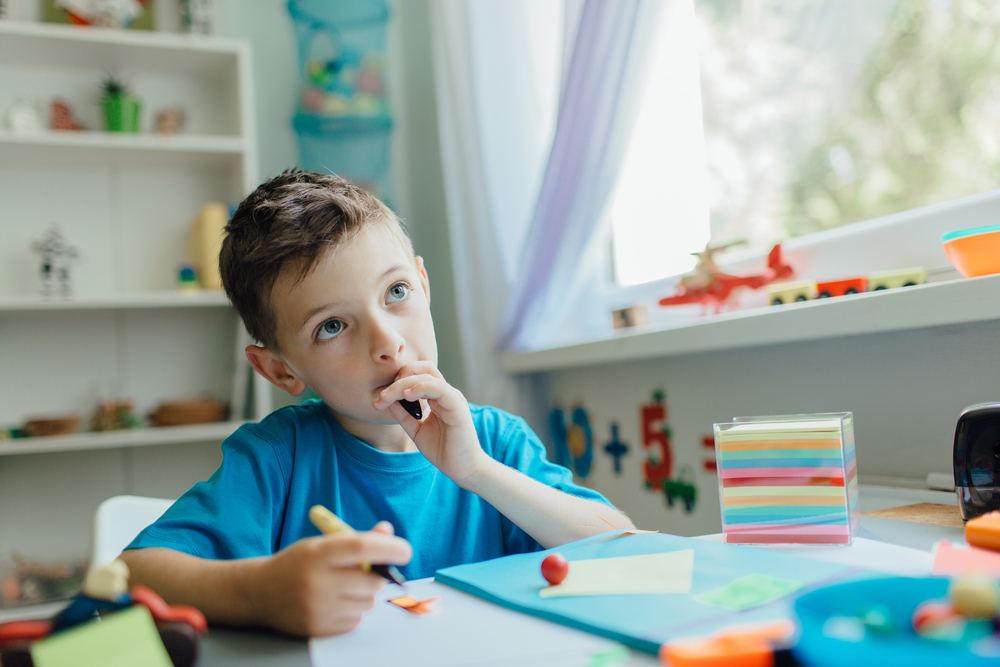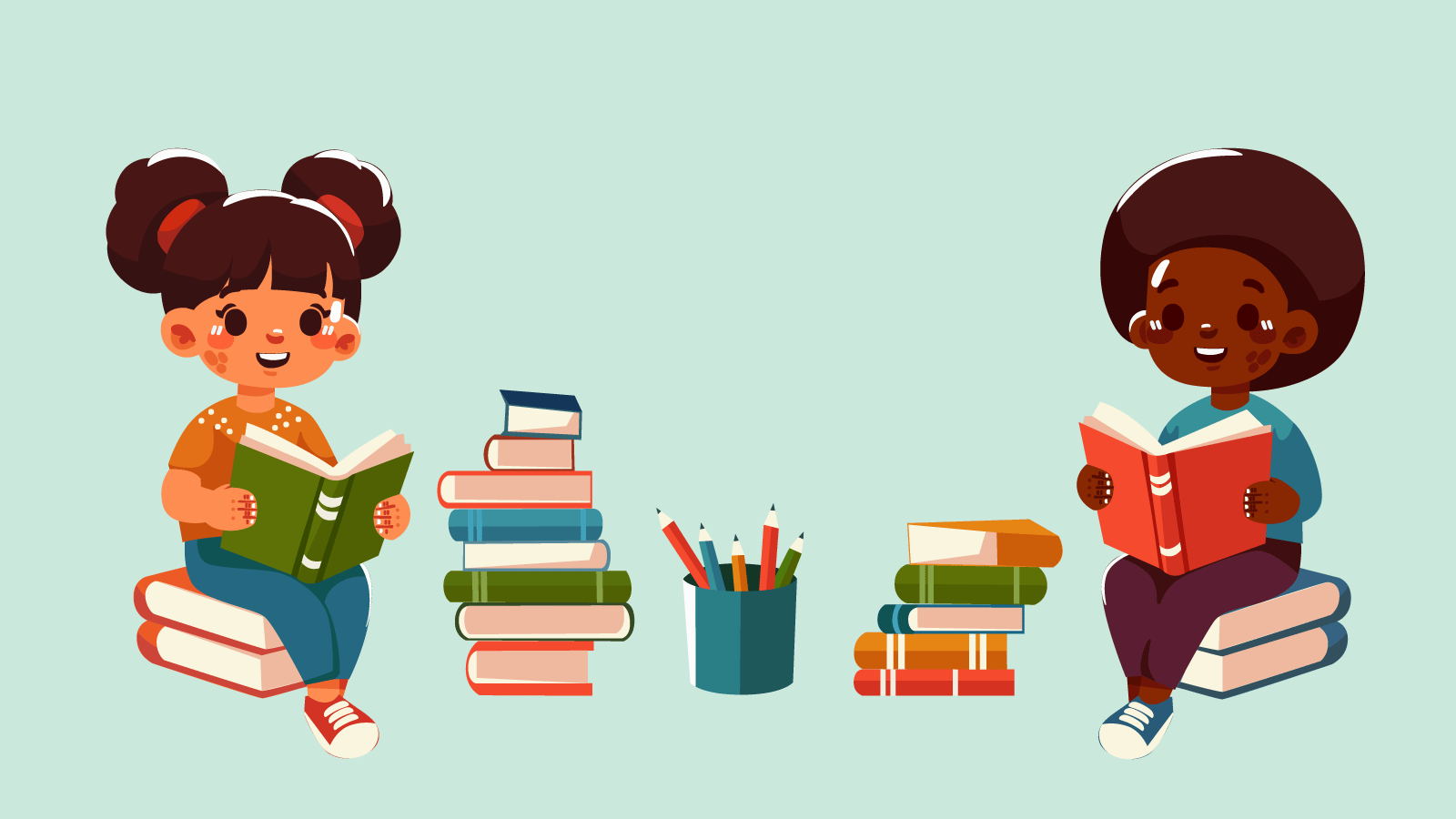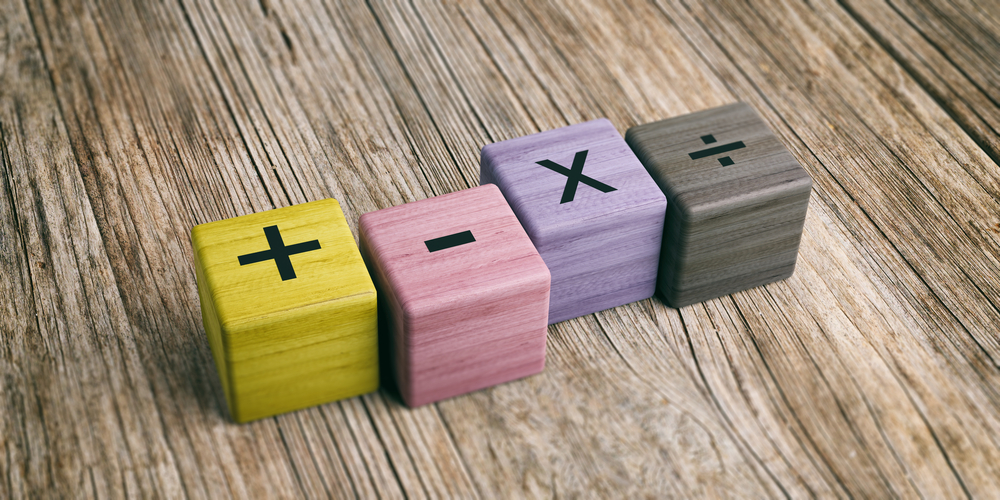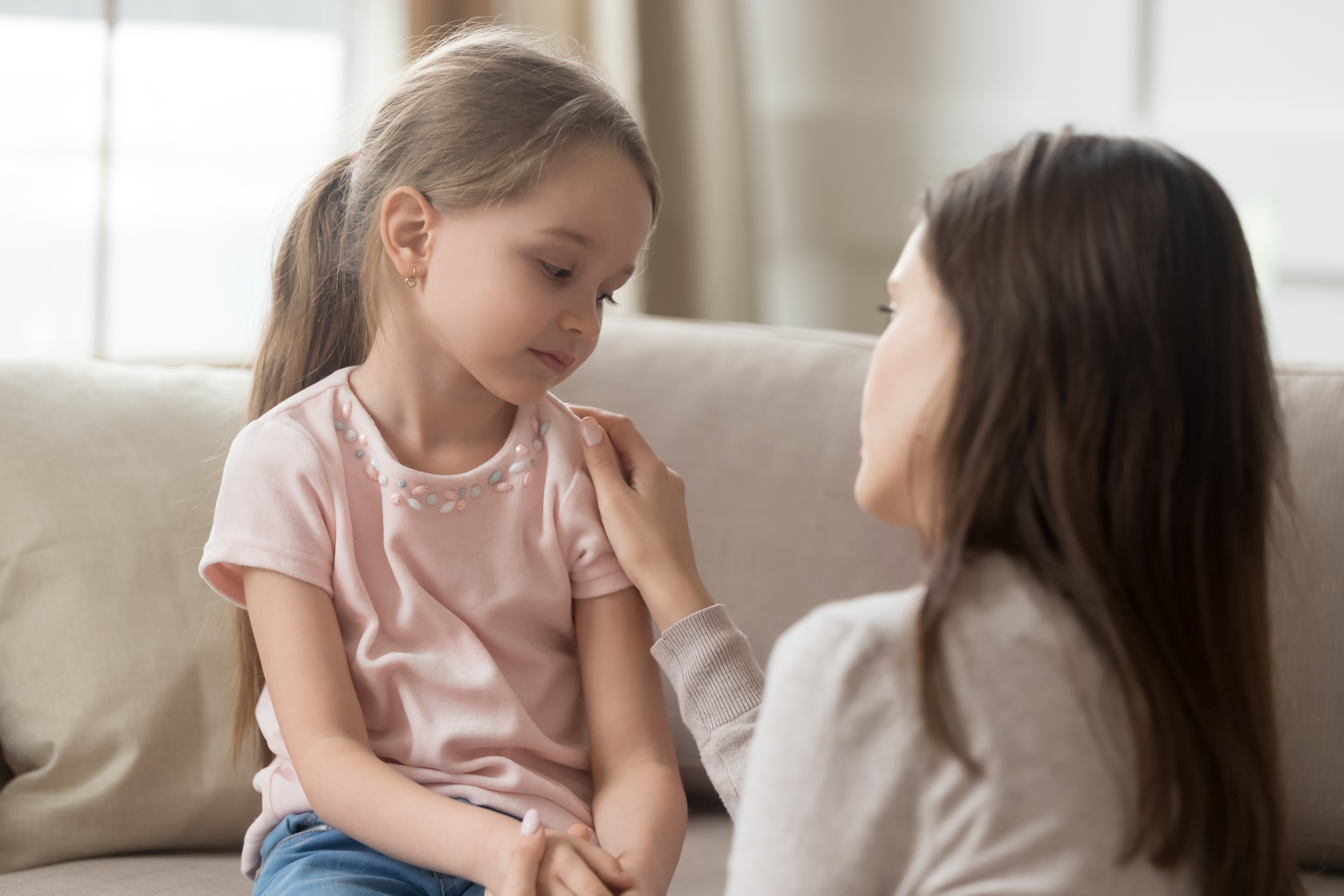Letter-sound correlation Normal Worksheets for Ages 6-7
4 filtered results
-
From - To
Enhance your child's reading skills with our engaging "Letter-Sound Correlation Normal Worksheets" designed for ages 6-7. These expertly crafted resources from Kids Academy strengthen the essential connection between letters and their sounds, laying a solid foundation for fluent reading. Ideal for early learners, our worksheets provide fun, interactive activities that boost phonemic awareness through playful exercises and captivating visuals. Suitable for use at home or in the classroom, these tools offer dedicated practice to help your child master the fundamentals of phonics, ensuring a smoother transition to more advanced literacy skills. Unlock the joy of learning today!
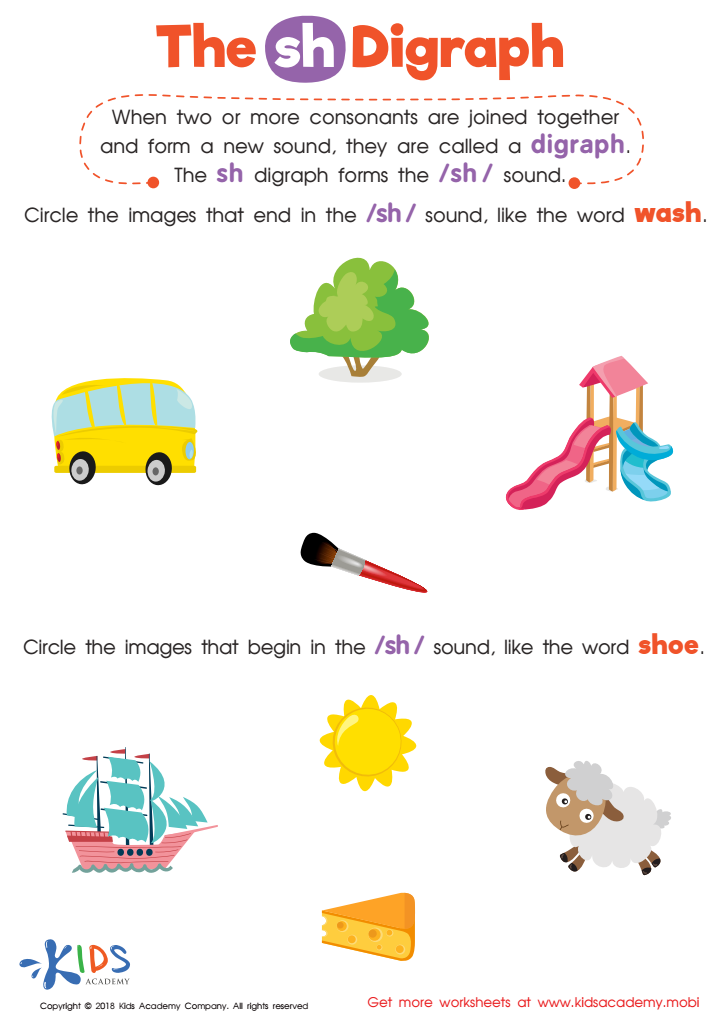

The SH Digraph Worksheet
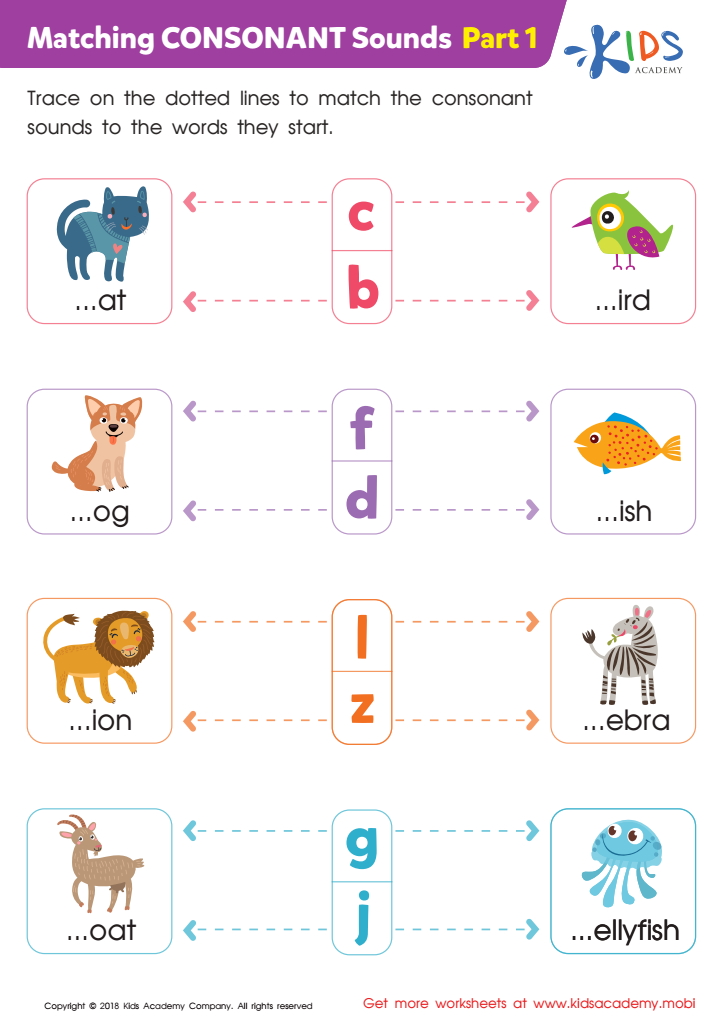

Matching Consonant Sounds: Part 1 Worksheet
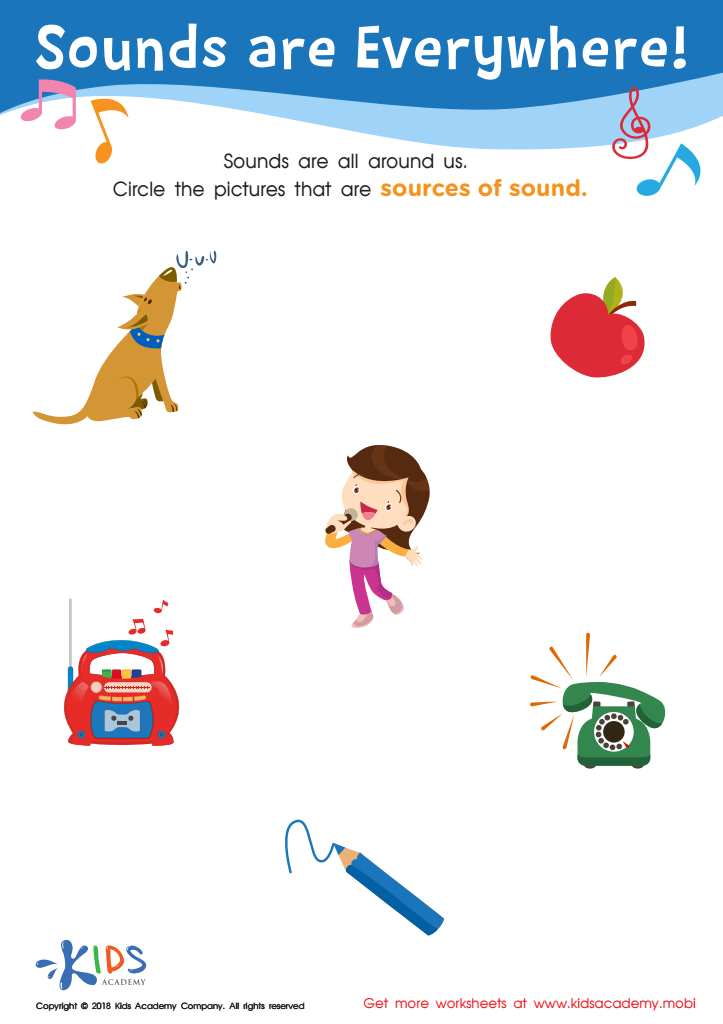

Sounds Are Everywhere! Worksheet


Match–Up Game: Beginning Sounds Worksheet
Understanding letter-sound correlation is fundamental for young learners aged 6-7, as it lays the groundwork for reading and writing proficiency. At this critical age, children's brains are highly receptive to learning phonemic awareness, which is the ability to hear, identify, and manipulate individual sounds—phonemes—in spoken words. Grasping the connection between letters and their corresponding sounds enables children to decode new words, a skill vital for independent reading.
For parents and teachers, fostering this skill enhances a child's confidence and eagerness for learning. Literacy benefits extend beyond reading; they impact other academic areas, such as comprehension, vocabulary, and even mathematics. Children who grasp letter-sound relationships typically experience fewer difficulties when transitioning to more complex literacy skills, thus building a solid educational foundation.
In addition, early intervention in letter-sound correlation can help identify learning difficulties such as dyslexia. By detecting and addressing these challenges early, appropriate support and strategies can be put in place, ensuring every child has the opportunity to succeed.
Engagement in interactive, playful activities, such as phonics games or story reading, can make this learning process enjoyable, fostering a lifelong love for reading and learning. Cultivating strong letter-sound correlations at this age is, therefore, indispensable for overall cognitive and emotional development.
 Assign to My Students
Assign to My Students



